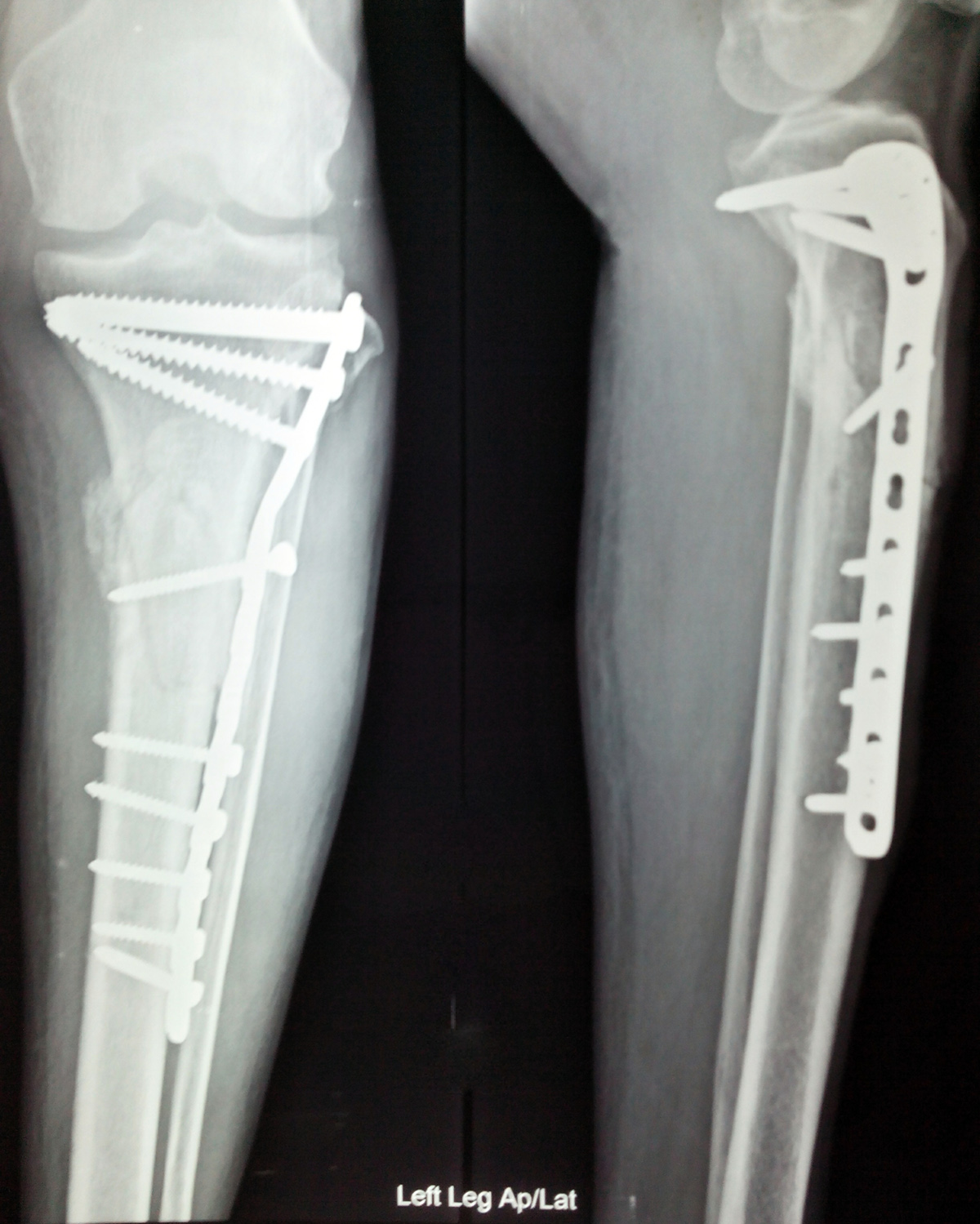
Introduction
A broken leg is a break or a crack in one’s leg bones. The leg consists of 4 bones (the tibia, fibula, patella and femur). Any of these bones may be broken.
Causes
It takes a great amount of force for one’s leg bones to break. However, weakened bones (for instance weakened by osteoporosis) may break more easily. The most common cause is, in fact, trauma to the leg (a blow straight to the leg, or, in a car accident, etc.). Sometimes, repetitive overuse of the leg, such as the movements in distance running, can result in a stress fracture.
Symptoms
The major symptoms of a broken leg are pain, swelling, tenderness and deformity. The pain is characteristically severe, and may be relieved when one holding the leg.
Swelling and bruising over the area of the injury are normal symptoms.
Deformity can occur in various forms such as shortening (the broken leg appears shorter than the healthy leg), angulation (leg bends at the place of injury instead of at the joint), and rotation (if it’s twisted below the break).
Prevention
One can prevent injuries by wearing safety gear while doing contact sports, use a seat belt in a car, test for osteoporosis or other bone diseases, etc.
For most people, the shortage of calcium causes the bones to be more prone to breaking. So, one should eat food rich in calcium (dairy products) or take calcium supplements. This is the most effective way of one’s bones being healthy.
Types of Breaks
The most common types are an open and closed fracture. In an open fracture, the bone has pierced the skin and is visible. In a closed fracture, the skin is mainly intact (other than bruising an swelling that may appear.
An incomplete fracture means that the bone is only cracked, not actually broken, whereas with a complete fracture the bone snaps in two or more parts.
A comminuted fracture means that the bone has shattered into numerous pieces. Surgical intervention is most common for this type of fracture.
Treatment
When seeking medical help, the doctor may prescribe ibuprofen or a similar drug, which will diminish the chances of an inflammatory process and help with the pain.
Firstly, the doctor will set the leg. This means aligning the bones so that they might heal. It is known to be a very painful process, so the doctor might give the patient a sedative.
Then, it will need to be put in a cast or stabilized with a splint to reduce the movements to a minimum.
After the leg has healed, the patient might need physical treatments.
However, if one has multiple fractures, a thigh bone fracture, loose bone fragments, etc. one might need surgical intervention to fix the leg by using screws, plates or rods.



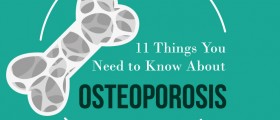



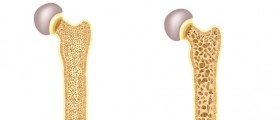
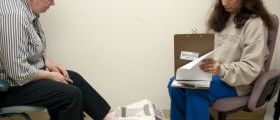




-Test-And-What-Do-The-Results-Mean_f_280x120.jpg)

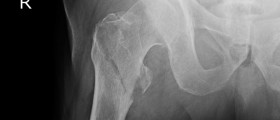
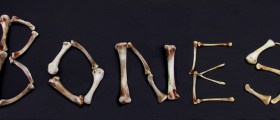
Your thoughts on this
Loading...